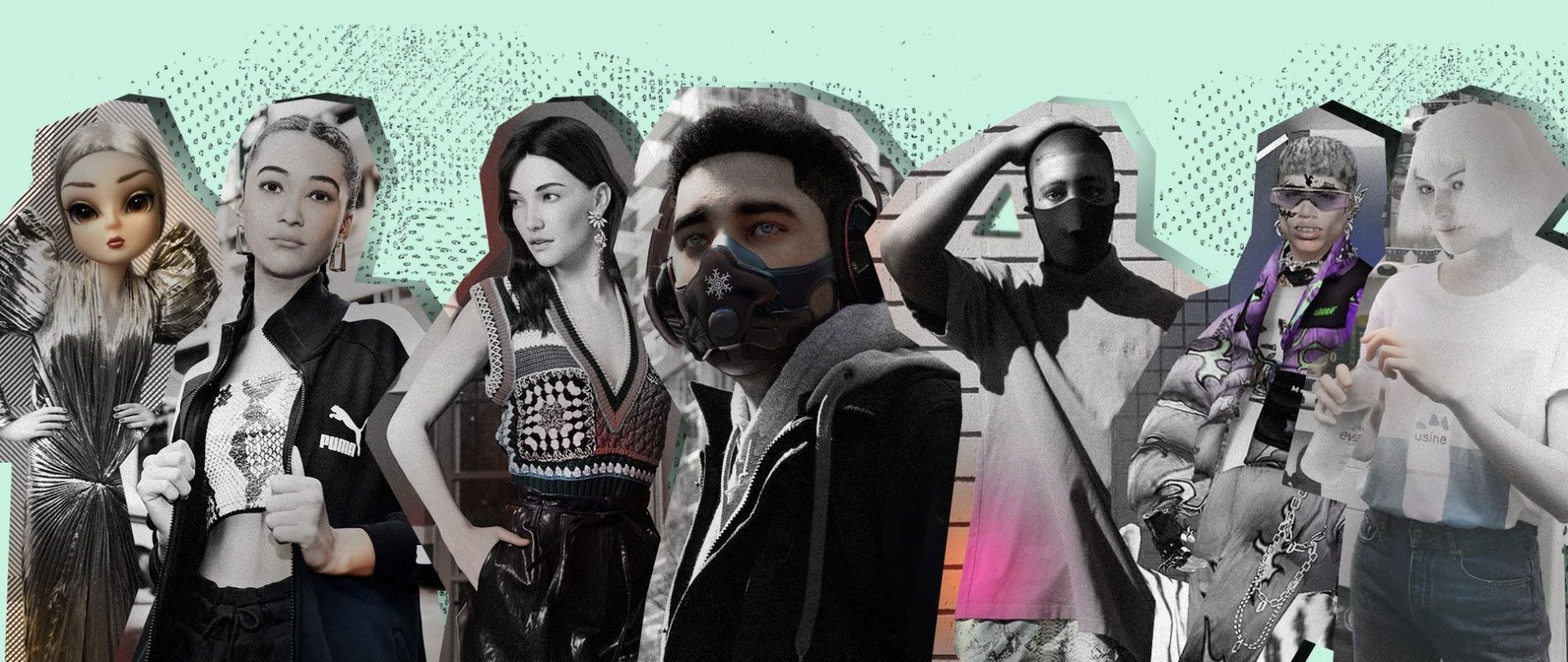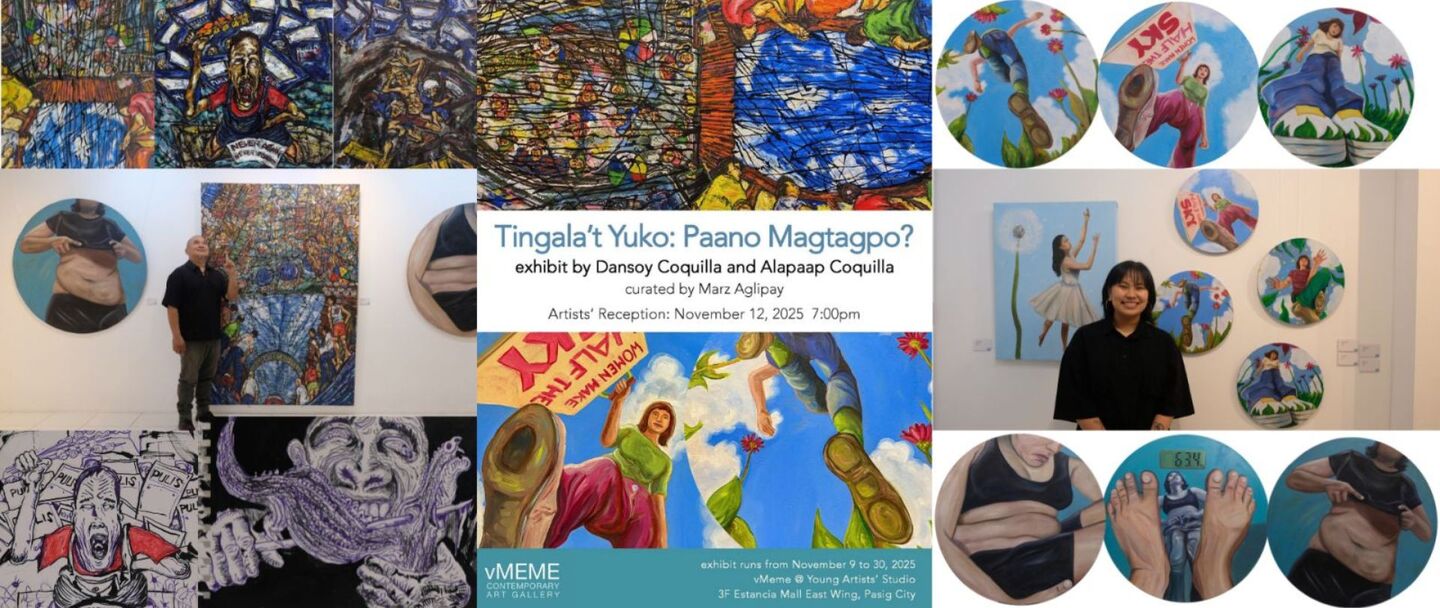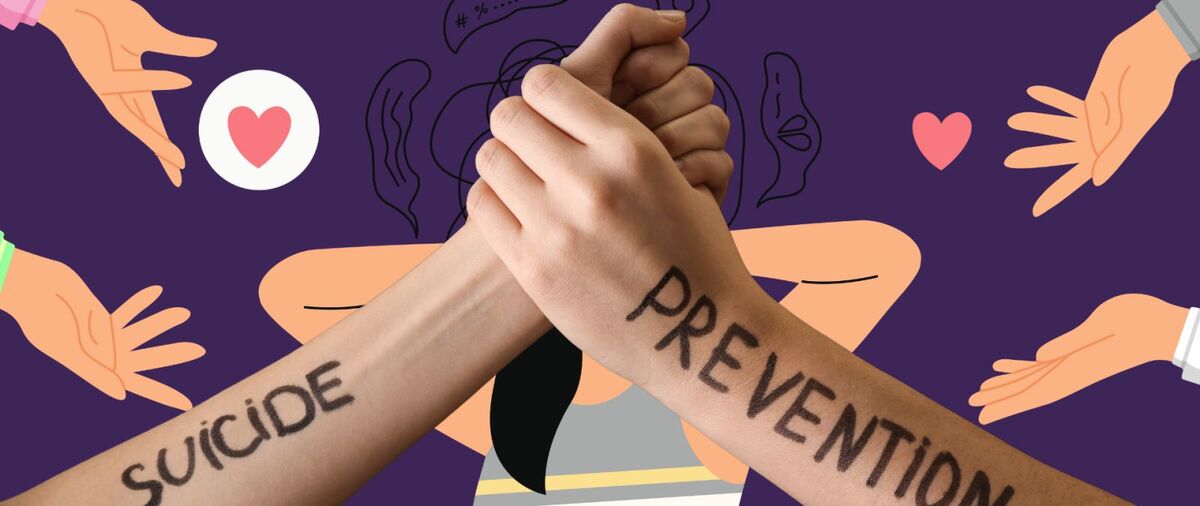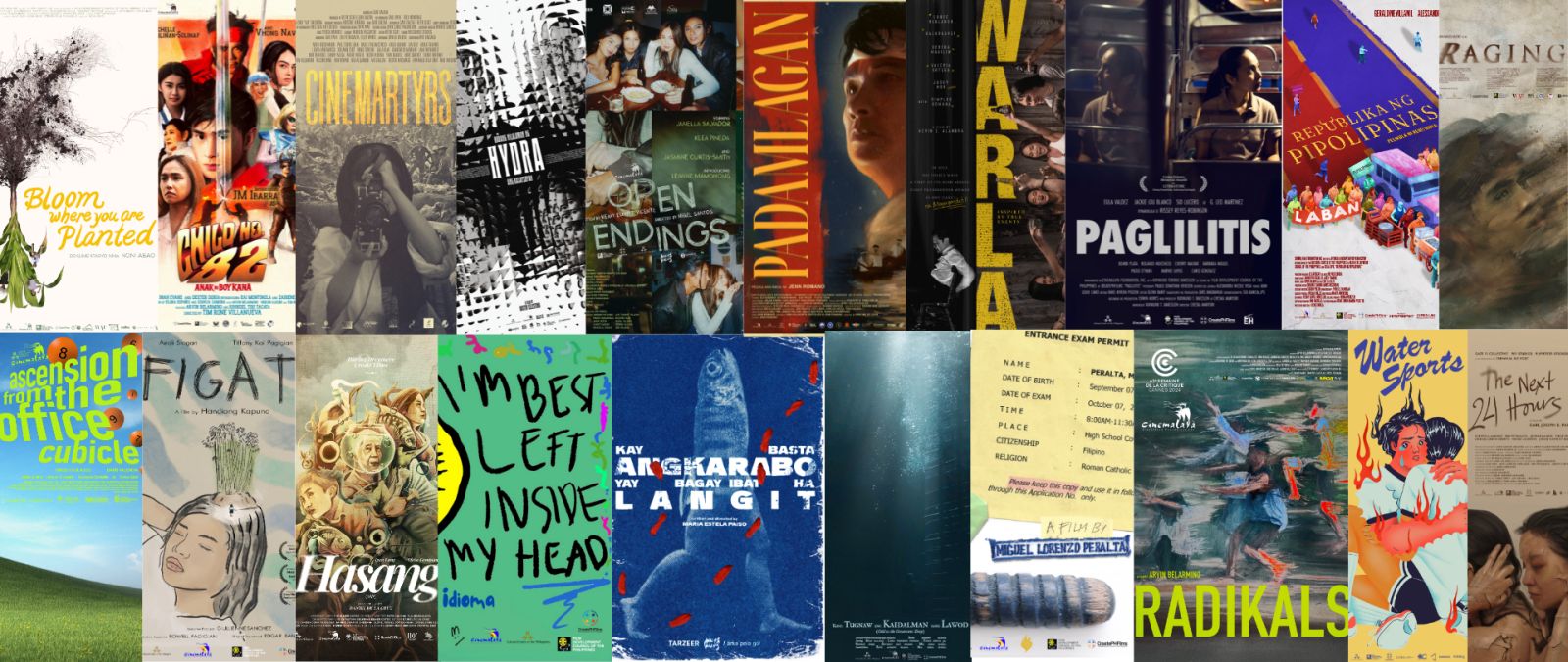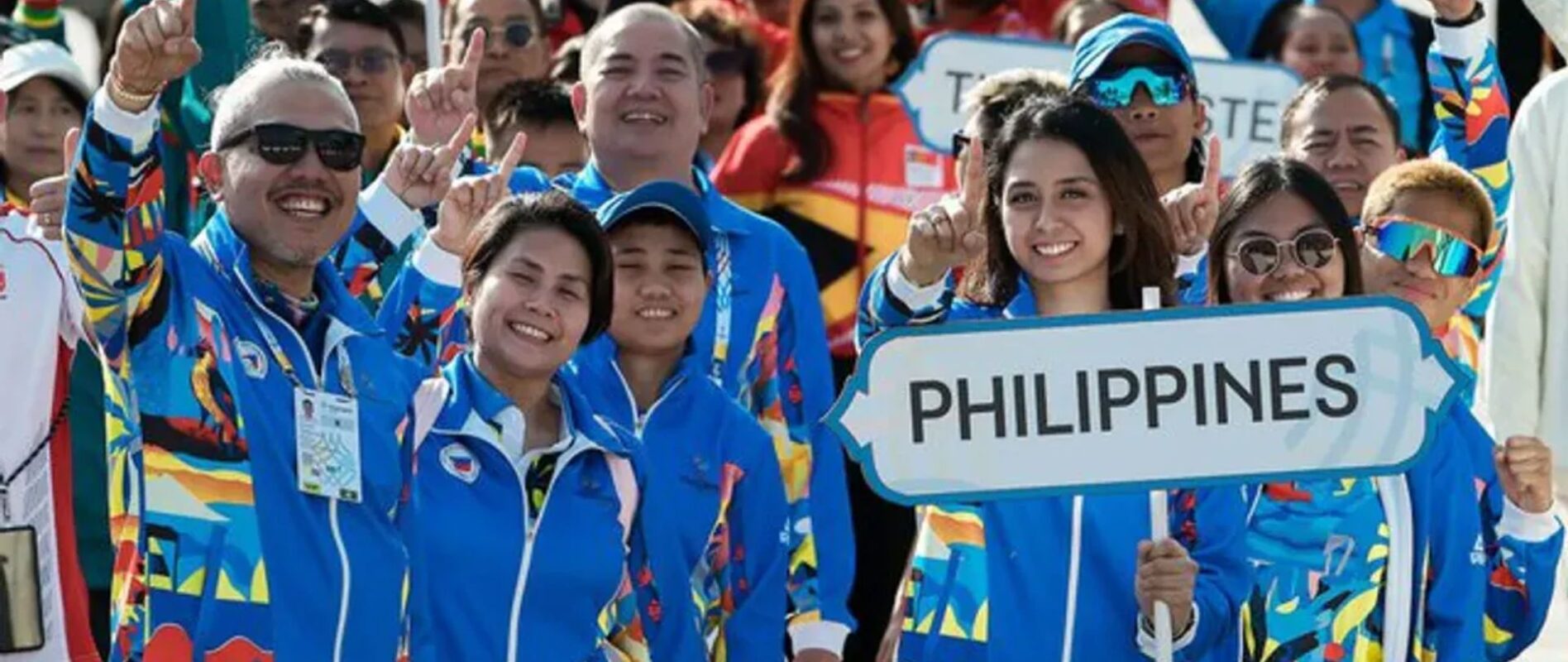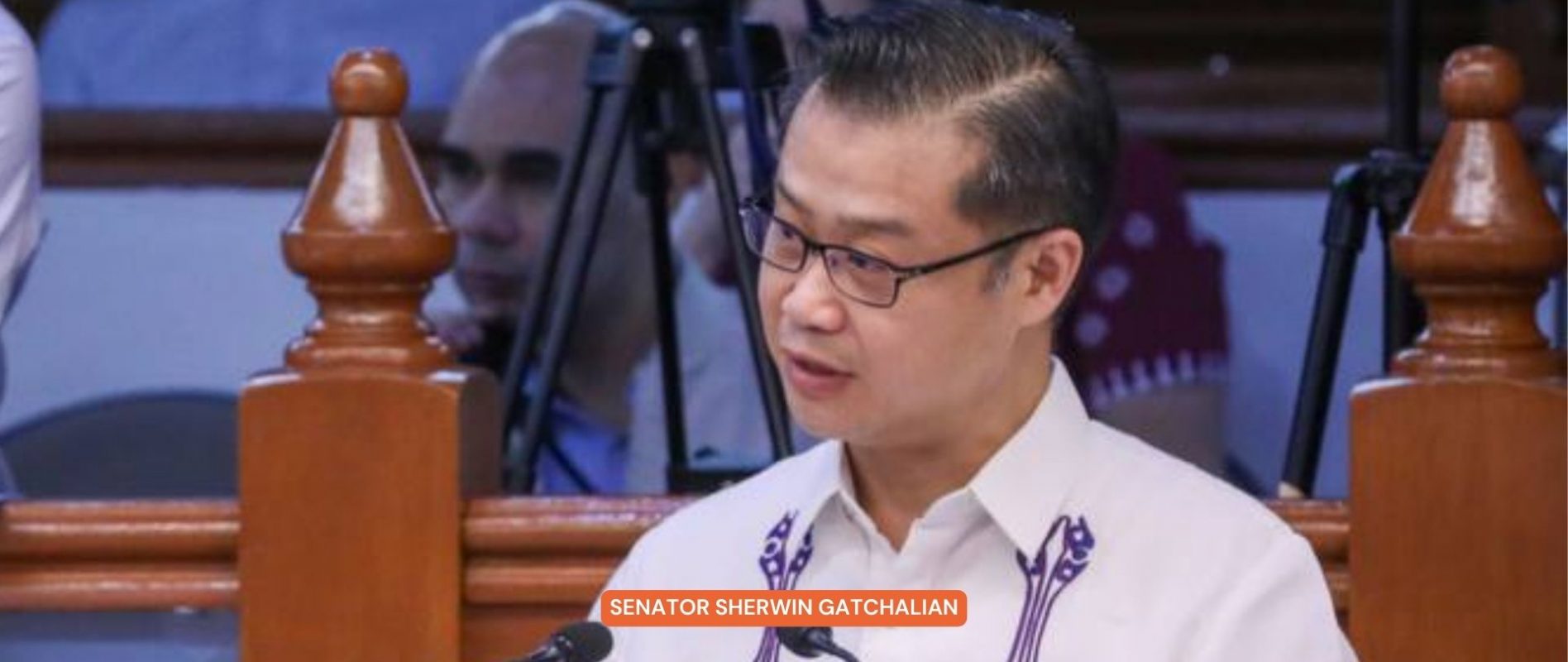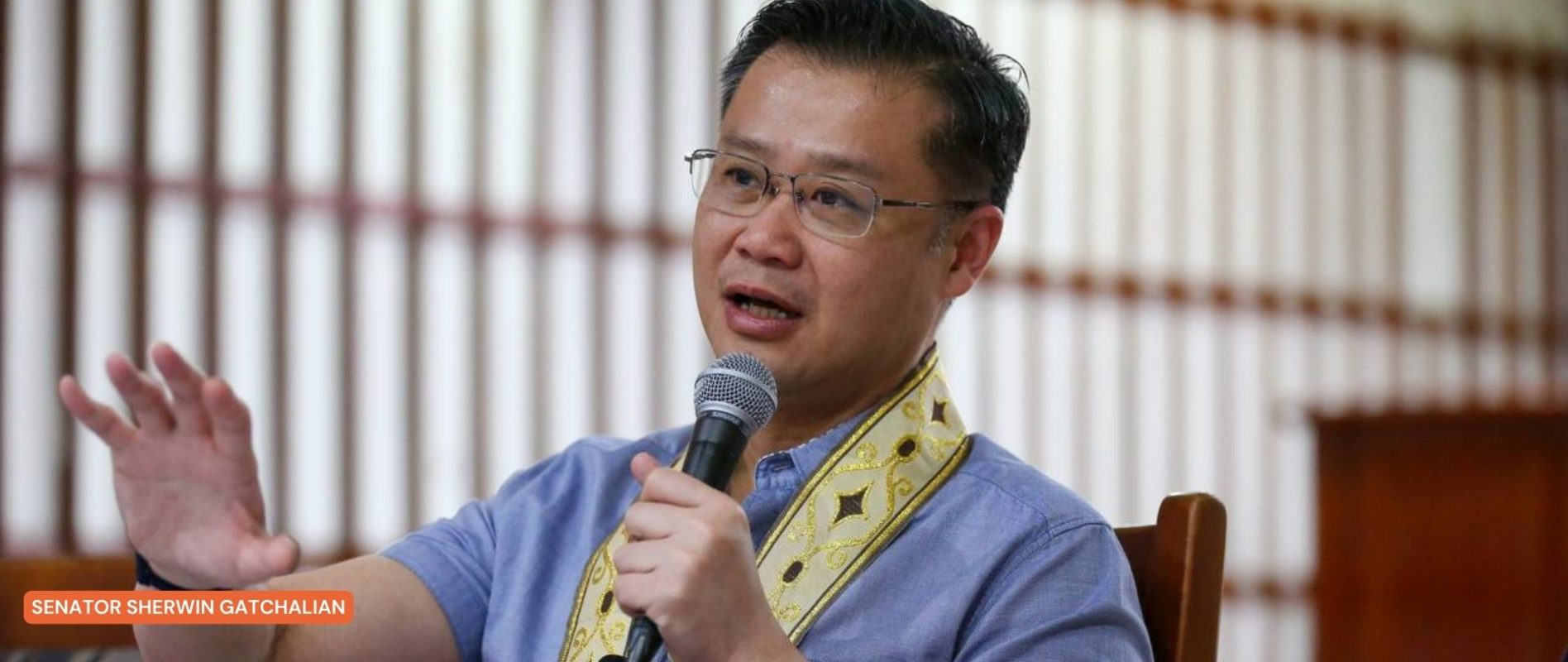EXPLORING A NEW AGE OF HUMANITY WITH THESE 7 VIRTUAL “INFLUENCERS”
Meet the names that are changing the game for influencer marketing. Spoiler alert: they’re not real.
Rewinding back a decade from now, most of us probably thought we’d already be living in a wildly advanced technological society but while we’re still quite far off from flying cars or memory storage implants, it’s undeniable that we’ve seen some inventions over time that only furthered the notion that we seem to be living in a Black Mirror episode.
The rise of virtual modeling saw a boom in 2018 that forever changed the game for influencer marketing. Miquela Sousa—better known by her Instagram handle lilmiquela—was arguably the trailblazer of the concept after the ever-mysterious Los Angeles startup Brud dipped her digital toes in social media’s waters in 2016. By the end of 2018, Miquela already amassed 1.5 million followers, an Instagram tie-in with Prada for Milan Fashion Week, debuting as one of Pat McGrath’s muses, several editorials in fashion magazines including being named Dazed Beauty’s arts editor, and a whopping $125 million investment from Spark Capital, a venture capital company responsible for the funding of various social media giants that we use to this day.
Miquela was also named as one of TIME’s 25 most influential people on the internet, which if anything, essentially skyrockets the term “influencer” to a whole new level considering she’s not even a real person. Soon enough, the introduction to her life of flashy fits and a budding music career only broadened tenfold with a new cast of characters, aka co-CGI influencers set in motion as her friends, with all of them benefitting from the stories being told in every post.
Another widely-successful virtual influencer, Shudu, the self-proclaimed world’s “first digital supermodel” has not only fronted numerous fashion campaigns and covers of magazines but also inspired the first “digital modeling agency” called The Diigitals to launch—fundamentally housing a range of CGI models available to be hired by brands. But more than their sartorial marketing value, these influencers are tapping into the personal as they bring on more realism and relatability with each post. From existential musings to activism; they’re no longer just something we interact with online at surface level, particularly at a crisis-ridden time like now.
While the idea of artificial intelligence creations bringing influence to the world may freak some people out, they’re here to stay one way or another. It’s also not nearly as easy to comprehend in a general explanation than it is to unpack it all for yourself—get ready to enter the world of CGI influencers with these seven virtual names.
If Miquela is the queen of streetwear in the virtual influencer realm, Noonoouri is fashion luxury personified. Unlike her co-AIs who sport hyperrealistic features, Noonoouri is an exaggerated version of a human with her doll-like figure and giant eyes reminiscent of a Bratz doll. Since her inception into the market in 2017 by graphic designer Joerg Zuber, she has amassed over 300,000 Instagram followers, became the face of Kim Kardashian’s KKW Beauty, a fashion week VIP, and boasting a portfolio including designers like Dior, Versace, and Valentino. She also regularly posts about social advocacies varying from environmentalism to Black Lives Matter.
After research told them it was impossible for any influencer to develop a large reach across the whole Southeast Asian sphere, agency UM Studios & Ensemble Worldwide took it upon themselves to create that very influencer in cooperation with social media AI platform, So.Min. Enter: Maya, the first Southeast Asian virtual influencer and ambassador of her kind for PUMA as part of their campaign for their Future Rider sneakers. Her personality evolves through social listening as her interests are curated via the content generated by her interactions while values-wise, she is told to be a representation of Southeast Asian qualities and plans to tell the world the beauty of the region.
Italian luxury retailer YOOX first developed their YOOXMIRROR in-app feature in 2018 which enables shoppers to explore new looks and mix and match pieces through a CGI avatar called Daisy. Soon after, Daisy took over the e-commerce platform’s Instagram, donning all the latest designer styles offered for purchase every season in each thematic post—ranging from Spring OOTDs in Cult Gaia to strutting in the streets of Milan in Margiela. While Daisy isn’t nearly as interactive or relatable on a personal level as much as most virtual influencers, she has become a staple in the fashion side of social media and operates just at the same level as other human fashion influencers in her endless provision of designer looks across trendy cities.
Even The World Health Organization had to jump into the pool of influencer marketing, which only solidifies its credibility as an incredibly effective advertising tool. This feat however, is in pursuit of promoting safety in the time of COVID-19. WHO partnered with Los Angeles-based agency Influential—who did the campaign pro bono—to spread awareness and encourage proper sanitation and social distancing via a 20-year-old Atlanta native named Knox Frost. The virtual influencer is all in the name of social good and has accumulated over a million followers since his launch on Instagram 3 months ago. “I’ve partnered with @WHO to combat corona. Let’s show them younger generations are in this fight,” he writes in an announcement post. Frost’s content is usually advice to followers on surviving the quarantine in a relatable manner, mentioning common hobbies and creative plans just like how one would speak to a friend in an effort to reach the younger audience.
You might have seen Blawko alongside Miquela since he debuted on Instagram two years ago. Blawko comes from the same creators as Miquela and describes himself as a “Young robot sex symbol”. He’s perhaps one of the most characteristic virtual influencers out there, which is evidently Brud’s aim with how vast they have now managed to create Miquela and Blawko’s online life stories and personalities. Blawko’s persona is based around his laidback nature, his cool streetwear style including the fact that he always wears a mask—adding to the mystery of his look—and his on/off relationship with Bermuda, a virtual influencer who stirred controversy after being revealed to be pro-Trump and feuding with Miquela. Aside from Instagram, Blawko has a YouTube channel where he talks about life as a robot, comedic how-to skits, and reviews; garnering almost 5,000 followers for his deadpan humor and entertaining editing.
Creative director Emily Gloom launched her streetwear brand Waviboy in 2016, taking inspiration from vaporwave and political dissent of the youth. With Waviboy catering to the digital generation, Gloom felt that it was only right to create a fashion-forward, relatable face for the brand. In comes Lil Wavi with his vintage Sims-reminiscent rendering and streetwear outfits fresh off the runway. “Streetwear is limitless and lacks gender structures that are so often enforced,” Gloom shares in an interview with i-D. With escapism and fluidity in mind, Lil Wavi seems to be the ultimate model as he can change looks, genders, and location in a few clicks; essentially making branding much easier for streetwear labels whose visual foundations lie on street style and its adventurous nature. Case in point, virtual models like Lil Wavi are the answer to fashion more than ever in the middle of a pandemic. And because standing on top of a souped-up Lamborghini in the latest Balenciaga is just extremely cool.
Not much can be found about Perl’s origins but it’s that very mystery that makes her so intriguing. Her content has been consistently about contemplating the relationship between humankind and AIs, all the while wearing designer clothes. Think an Instagram recreation of Detroit: Become Human if the robots were all sartorially-savvy. Much like Lil Wavi, Perl is a face for fashion brands, most notably for Scandinavian retailer Carlings who released the world’s first digital clothing collection called “Neo-Ex” that allows real people to wear the virtual clothes for a fee. Outside of fashion pursuits, Perl continues to write philosophical captions and emulate human experiences—we’ll see if she ever finds concrete answers.

